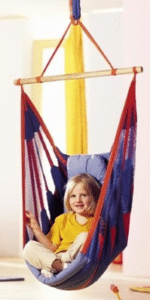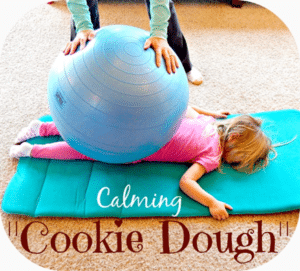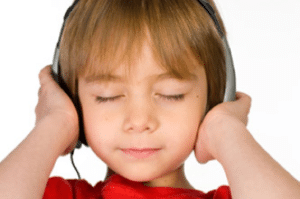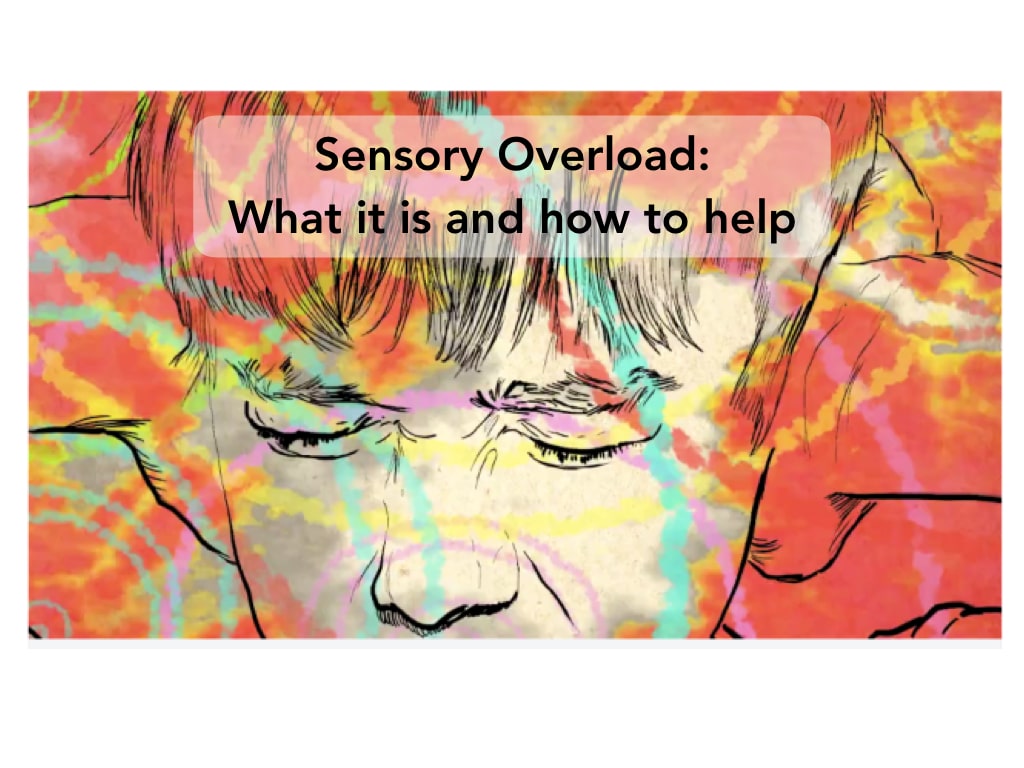This Scribble was scribbled by Fatima Khodary (Occupational Therapist at TCP)
AN UNDERSTANDING OF SENSORY OVERLOAD
Imagine yourself walking in the middle of Times Square, New York, on a hot day, chaperoning eight children, and worst of all, you are lost! Just imagine all the senses you would be feeling—hot, sticky, screaming kids, pedestrians bumping into you, conversations of people around you, music from the shops, ambulance noise, cars honking… well, you get the picture. Do you think you would be able to find your destination? Most unlikely, because there is too much going on around you and the sensory information your brain is receiving is getting all jumbled up and is not being registered properly creating frustration and a ‘shut down’ feeling. This is what sensory overload feels like for a child who has sensory processing difficulties.
We are constantly experiencing sensory input from our environment, whether it be visual, touch, hearing, smell, or taste. In addition to the five main senses, our bodies also receive information from our inner ears regarding movement (vestibular), and from our muscles and joints regarding our understanding of our body in space (proprioception).
Some children experience difficulty in filtering out unnecessary information from their environment. This in turns, interferes with their ability to participate and function adequately in their daily activities. A child may overreact to each sensory input or may respond by becoming non-responsive to the environment. A child may present with some difficulty focusing attention and may show hyperactive behaviours. As a result of the sensory overload, there may be unwanted behaviours such as hitting, biting, screaming, and head banging which is the child’s way of communicating frustration and confusion. Poor eye contact is also very common which allows to the child to reduce the sensory input. Rhythmical self-stimulation activities such as rocking, spinning, and flapping hands/fingers in front eyes are common as well. These behaviours indicate a child’s attempt to provide some type of rhythmical input to the nervous system to deal with the overload. Most often, the child shows more appropriate responses in situations where the environment is calm and relaxed.
WHAT CAN BE DONE TO HELP?
Not to worry, with consistent strategies provided by an Occupational Therapist, usually in the form of a sensory diet, children eventually learn to modulate the sensory input and make new connections or pathways in the brain to integrate the sensory information. In the meantime, here are three calming strategies that are often recommended to parents and caregivers:
Rhythmical linear motion

Deep pressure input

Calming auditory input

You can always combine some strategies together to provide an even more relaxing feeling, such as cuddling your child while doing linear motion on the rocking chair and playing soft classical (Mozart) music in the background. Dimming or turning off the lights is always recommended as it diminishes the visual distractions.
These simple strategies should be beneficial for an over-stimulated child, however, every child is unique. Therefore, it is important to understand your child’s needs, try out different activities and strategies, and seek the help of an Occupational Therapist for further support.


Leave A Comment